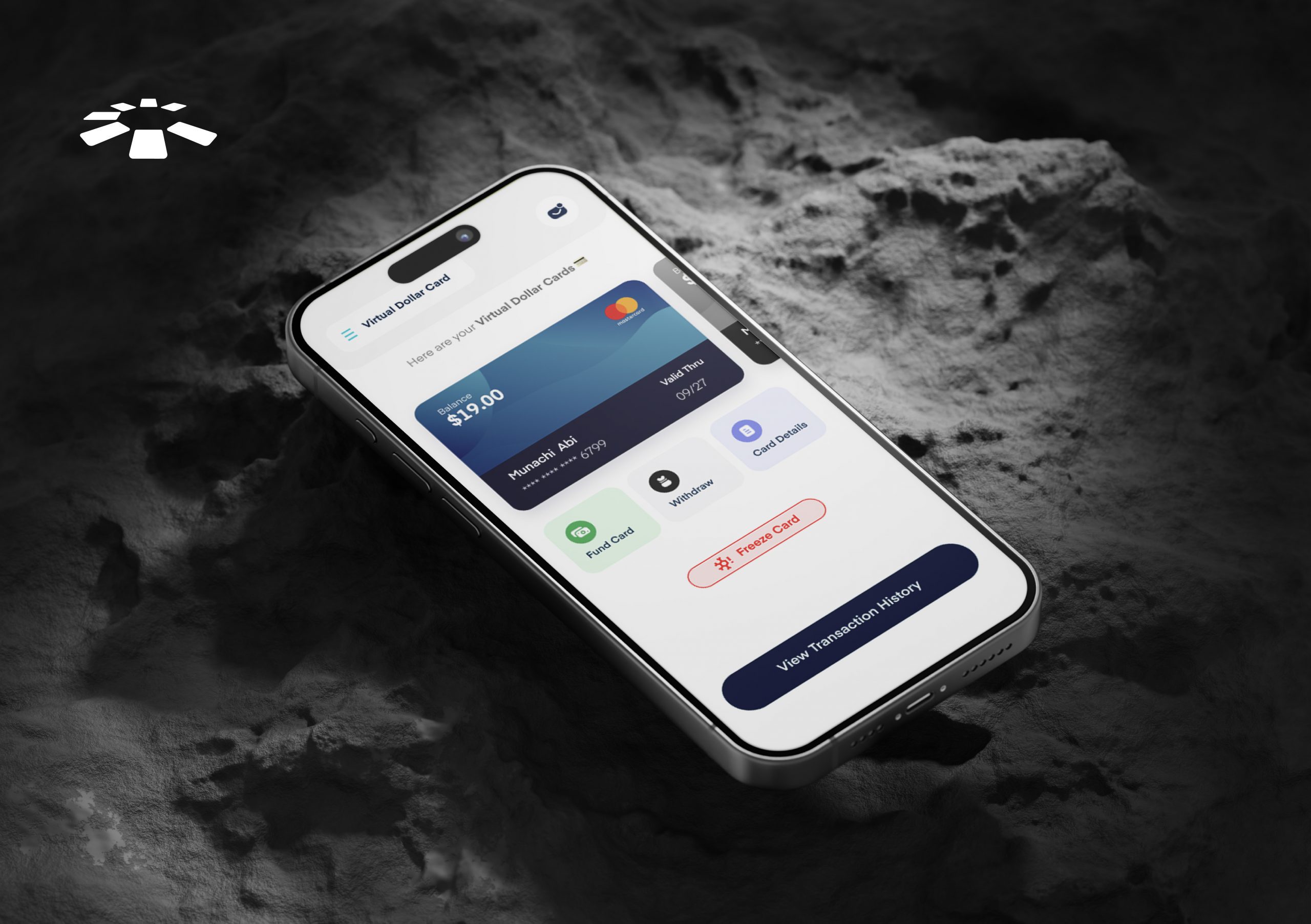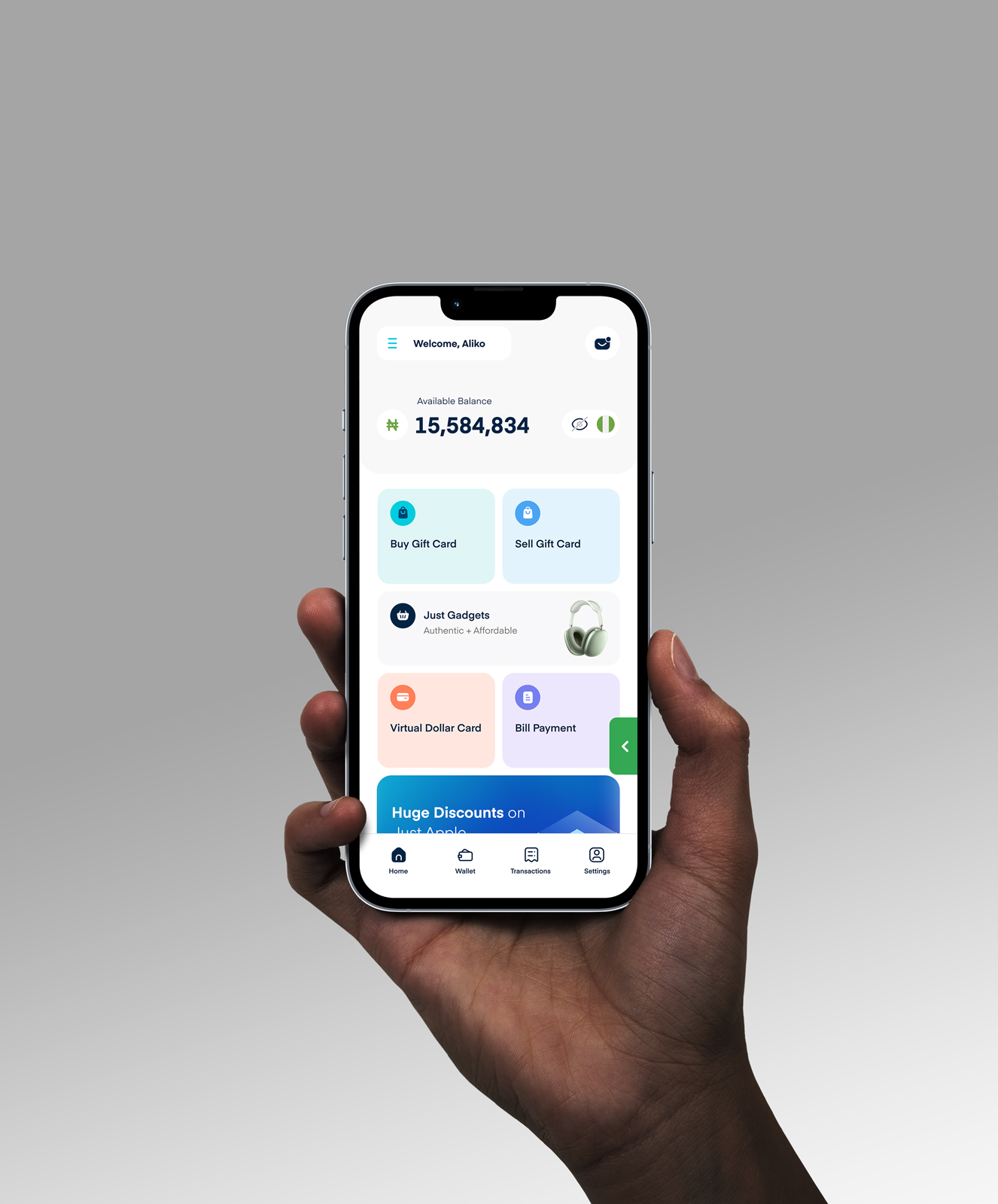How To Pay For Coursera Courses In Nigeria In 2025: A Simple Guide

You’ve probably heard the saying, “Once you stop learning, you start dying,” and honestly, I live by that.
Recently, I decided it was time to learn a new skill and signed up for a course on Coursera. After searching for a bit, I found the course that seemed perfect for me.
Then came the payment stage. That’s where my Nigerian debit card decided to give me trouble. Frustration quickly set in, and to be honest, I was so close to giving up. Thankfully, I found an alternative using a virtual card, which solved the problem instantly.
If you’ve ever experienced similar issues in Nigeria or are just curious about how to pay for Coursera courses smoothly, I’ve got some tips that’ll make things much easier. Let’s get started!
3 Payment Methods For Buying Courses On Coursera In Nigeria
You can pay for Coursera courses in Nigeria using a virtual card, a Nigerian bank dollar card from a domiciliary account, or PayPal. Here’s how.
1. Pay with a Virtual Card:
Obviously, this one tops my list of payment methods for buying courses on Coursera. Why? Because it saved me when my Nigerian debit card just wasn’t cutting it. Seriously, after several failed attempts, I almost gave up on learning that new skill. That’s when the virtual card swooped in to save the day.
Now, you’re probably wondering, “Where do I get a virtual card?” There are plenty of platforms offering virtual cards, but not all have friendly conversion rates or are easy to use.

That’s where Cardtonic comes in. Cardtonic is one of the best places to get a virtual dollar card that works flawlessly on Coursera. Whether you’re buying one course or subscribing to Coursera Plus, Cardtonic has you covered.
And yes, I’ll show you exactly how to get one shortly—so stick around.
2. Pay with Nigerian Bank Dollar Cards (Domiciliary Account):
This method works, too, but there’s a catch: not everyone in Nigeria has a domiciliary account. Sure, you could open one, but honestly, it’s a bit of a process compared to just getting a virtual card.
If you already have a domiciliary account, though, you’re good to go. You can pay for Coursera courses directly without worrying about jumping through too many hoops.
3. Pay with Paypal:
Yes, Coursera allows you to pay with PayPal, and honestly, it’s one of the easiest methods—if you already have an account. Just select PayPal at checkout, login, and you are done.
PayPal is convenient for international payments, and the exchange rates are usually quite decent.
So if you’re a fan of PayPal, this could be the simplest way to pay for your Coursera course.
How To Get A Virtual Dollar Card On Cardtonic
Now to the fun part: Getting a virtual dollar card through Cardtonic. This is easy: just download the Cardtonic app, create an account, and on the homepage, select “Virtual Dollar Card.” Choose your preferred card type, enter your details, and click “Create Virtual Dollar” to complete the process.

1. Download the Cardtonic App:
First, grab the Cardtonic app from either the Google Play Store or the Apple App Store.
2. Create an Account:
Once the app is installed, register if you’re a new user. It only takes a few steps to create an account, and you’re good to go. If you’re already a user (Tonik), simply log in.
3. Find the “Virtual Dollar Card” Section:
On the app’s homepage, you’ll see an option for “Virtual Dollar Card.” Tap on it to get started.
4. Select Your Card Type:
Next, choose the type of virtual dollar card you prefer—either a VISA or Mastercard. Whether you’re making a one-time payment for a Coursera course or signing up for Coursera Plus, either option works.
5. Enter Your Contact Info:
Fill in your details—nothing too complicated here. This is just the necessary information needed to generate your virtual card.
6. Create Your Virtual Card:
Once your details are filled in, hit “Create Virtual Card,” and that’s it! Your brand-new virtual dollar card is ready.
Simply head back to your dashboard, and you’ll see your virtual card’s details: card number, expiry date, and CVV code—all the info you need to start using it right away.
If you still need more information on how to create a virtual card on Cardtonic, you can watch the video below:
How To Pay For Coursera Courses With A Virtual Card
So, you’ve got your shiny new virtual dollar card from Cardtonic—now, let’s put it to good use! Paying for Coursera courses with a virtual card is super easy. Simply go to Coursera’s website, choose your desired course, and proceed to checkout. Select the credit/debit card option, and enter your Cardtonic virtual card details.
1. Sign in to Your Coursera Account:
First, log in to your Coursera account. If you don’t have one yet, you can quickly create an account by providing your email or linking your Google account.
2. Choose Your Course or Subscription:
Once you’re logged in, browse the course catalogue and select the course or specialisation you’re interested in. If you’re ready to commit fully, you can even subscribe to Coursera Plus to access multiple courses.
3. Proceed to Checkout:
Found the course? Great! Now click on “Enroll” or “Buy Now”, depending on your selection. This will take you to the payment page.
4. Enter Your Virtual Card Details:
Enter the details of your virtual dollar card—card number, expiry date, and CVV code—just like you would with a regular debit card. Since it’s a virtual card, you’ll find all the necessary info on your Cardtonic dashboard.
5. Billing Information:
For billing information, make sure to enter the same details you provided when setting up your virtual card.
6. Complete the Payment:
Double-check everything and hit “Submit” or “Complete Purchase”. Your payment will be processed, and within a few moments, you should receive confirmation that your Coursera course is officially paid for.
Pro Tip: Make sure your virtual card has enough balance to cover the course fee, including any potential exchange rates or small conversion fees.
Frequently Asked Questions About Paying For Courses On Coursera
1. How Much Does A Coursera Course Cost?
Coursera courses typically range from $29 to $99, depending on the course or specialisation. If you want unlimited access to thousands of courses, Coursera Plus is available for around $399 per year.
2. Do You Have To Pay For Coursera Certificates?
Yes, to earn a certificate, you’ll need to pay. You can audit courses for free, but for certificates that you can add to your resume or LinkedIn, you will have to make a payment.
3. Why Is Coursera Not Accepting My Card?
Coursera might reject your card for several reasons, such as international restrictions, card type issues, or insufficient funds. Nigerian debit cards often face these problems, but a virtual dollar card from Cardtonic can solve this issue.
4. How Can I Buy Coursera Plus?
To buy Coursera Plus, log into your Coursera account, visit the Coursera Plus page, and click “Get Coursera Plus.” Enter your payment details (credit card, debit card, or virtual card), and you’re set!
5. Is A Coursera Certificate Valid in Nigeria?
Yes, Coursera certificates are valid in Nigeria. They’re recognised globally and can help boost your resume or LinkedIn profile, although they aren’t equivalent to formal degrees.
6. Can I Use The Cardtonic Virtual Card To Pay For Courses on Udemy?
Yes! The Cardtonic virtual card works for multiple platforms, including Udemy. It’s perfect for paying on any platform that accepts international payments.
Conclusion
Paying for Coursera courses in Nigeria doesn’t have to be a hassle. Whether you’re using a virtual dollar card from Cardtonic, a Nigerian bank dollar card, or PayPal, there are reliable methods that make the process simple and stress-free.
If you’ve struggled with payment issues before—like I did—you now have multiple options to choose from. And with the Cardtonic virtual card, you’re not just limited to Coursera; you can also use it on platforms like Udemy and more.
So, go ahead and pick the course that’ll level up your skills without worrying about payment headaches.
Now that you know how to pay for Coursera courses in Nigeria, the only thing left is to start learning!
